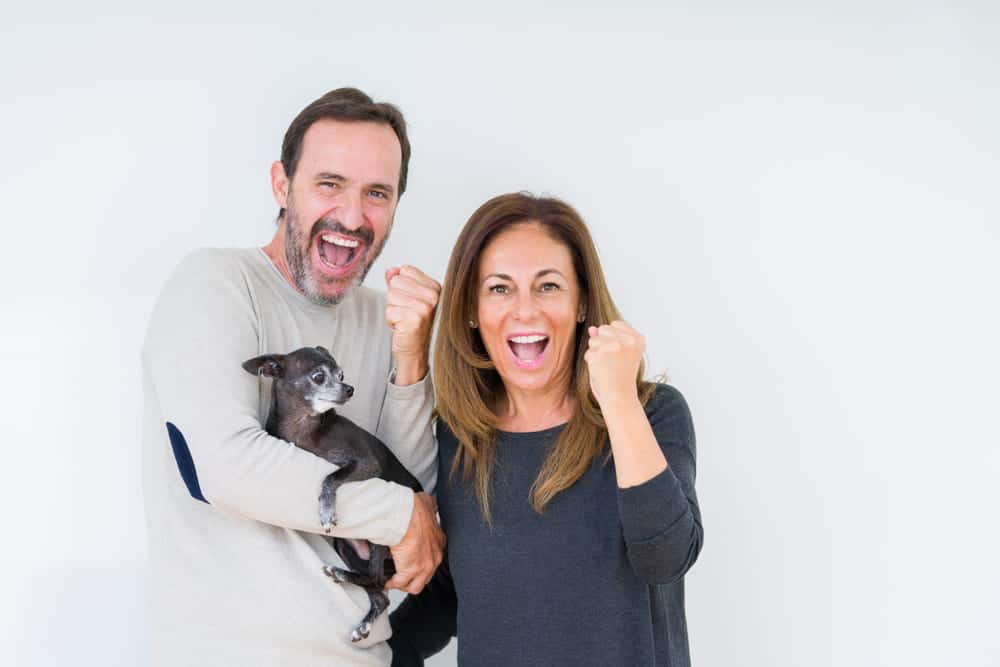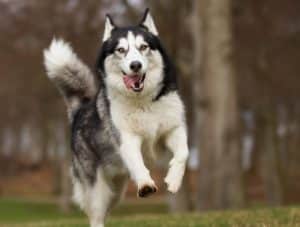The gratifying process of training your dog improves behavior and deepens your relationship with them. We’ve put up a list of vital pointers to get you and your pet off to a great start. So, in this article let’s know how to celebrate small wins of your dog.
Here’s a breakdown of why celebrating those tiny training wins is important, plus key takeaways from the provided text:
Why Small Wins Matter
- Motivation Boost: Rewarding even tiny steps towards the desired behavior keeps your dog engaged and eager to learn more.
- Builds Confidence: Positive reinforcement builds your dog’s confidence and makes them feel successful, leading to faster progress.
- Strengthens Your Bond: Celebrating together makes training a fun shared experience, deepening your connection.
- Prevents Frustration: Focusing on the positive helps both you and your dog avoid getting discouraged during the learning process.
How to Celebrate Small Wins
- Positive Reinforcement Rules: Use treats, enthusiastic praise, toys, or affection – whatever your dog finds most rewarding.
- Match the Reward to the Effort: A small step deserves a small treat; a big leap forward warrants something extra special!
- Be Immediate: Reward the behavior the instant it happens, so your dog makes the connection.
- Make it Fun! Turn celebration into a mini-play session to keep your dog excited about training.
Additional Tips
- Know Your Dog: Pay attention to what motivates your dog most. Is it food, a favorite toy, or extra snuggles?
- Consistency is King: Use the same commands and rewards every time to avoid confusion.
- Break it Down: Complex behaviors are easier to learn in small chunks. Celebrate each piece of the puzzle!
- Gradual Difficulty: Once your dog masters a skill in a calm setting, start adding distractions to proof the behavior.
- Training is Everywhere: Incorporate training into walks, playtime, and daily routines to reinforce what they’ve learned.
Key Takeaways
- Training is a Journey: Don’t focus solely on the ‘perfect’ end result. Celebrate the little victories along the way!
- Positivity is Powerful: A happy, enthusiastic dog learns much faster than a stressed or discouraged one.
- Tailored Approach: What motivates one dog might not work for another. Find what makes your dog’s eyes light up.
- Patience is a Virtue: Learning takes time, for both dogs and their owners. Celebrate the effort, not just the outcome.
Ways To Celebrate Small Wins:
It is putting the wagon before the horse to worry about proper behavior chains when dealing with dogs that are blatantly unmotivated or unenthusiastic about performing.
Because extending the behavior chain leads to something the dog wants and being restarted causes just enough dissatisfaction to drive behavior in a new direction, developing excellence inside behavior chains presumes that your dog will care if the behavior chain stops.
Restarting the chain won’t work and will probably get you into problems if your dog doesn’t care about what you have to offer.
Adopt Positive Reinforcement Theory:
Training with positive reinforcement works quite well. Rather than punishing bad behavior, concentrate on rewarding good behavior.
Reiterate the connection between appropriate conduct and favorable results. Steer clear of accidentally encouraging undesirable behavior, such as excessive barking or attention-seeking jumping.
Since dogs are momentary creatures, you should react to their actions right away. When training your dog, make sure the treat is given right away after the desired behavior is demonstrated.
Given their short attention spans, puppies in particular will benefit from an instant reward for a job well done.
Find the Ideal Reward:
Dogs have a wide range of tastes. Some are driven by hunger, while others are more interested in toys or cuddles. Find the perfect treat to encourage your dog to perform well in training. Enticing rewards can include extra affection and attention, a favorite toy, or soft, chewy food.
Reward-based training can be enjoyable if you and your dog know what kinds of rewards motivate them.
Every dog is different when it comes to how they react to rewards, be they delectable food or affection.
Playing a game or expressing your love for them by touching, stroking, embracing, or snuggling them if you’re unsure about what to reward them with.
Maintain Consistency:
Reliability is the foundation of good instruction. Make sure your tone and directives are constant. To avoid confusion, be sure that everyone in your household abides by the same rules.
Train according to the dog’s timetable and speed. What time of day is ideal for your dog? Some environmental realities may be the deciding factor. Don’t train your dog on wet grass in the morning if they detest the cold or the rain. If you do decide to show, make sure the shows you choose consider her opinions.
Train Frequently but Little:
Training sessions that last no more than five minutes are more effective than those that last longer. Throughout the day, short, frequent sessions keep people from becoming bored or frustrated. To reinforce commands, change up the people, places, and distractions during training.
Slow and Steady Progress:
Divide up difficult actions into manageable chunks. When training “come,” give your dog a treat for making even the first move toward you. As your dog learns each component, progress towards the entire behavior.
Her age contributed to her eating interest. She may not be able to work for a cookie very well, but at least she gets to enjoy them most of the time.
Her passion for toys was aided by her extensive exposure. After two years of seeing and playing with toys virtually every day, their value has increased dramatically. There’s still a long way to go before Lumen works enthusiastically for a toy in a variety of situations.
Maintain Fun:
You and your dog should enjoy training together. To keep things interesting, add brief play sessions and keep the mood upbeat. Since excitement spreads easily, think about teaching tricks in addition to obedience training.
Honour Minor Victories:
Reward and acknowledge even the smallest behavioral progress made by your dog. Little triumphs reinforce good training experiences and increase drive.
Don’t belittle your humble roots. Reward-based training will improve your dog’s understanding of right and wrong even though it may take some time for them to pick it up.
Embrace Training in Everyday Life:
Make fitness a part of your everyday schedule. Before meals, outings, or playing, ask for instructions. This constancy aids in reinforcing acquired behaviors.
Make sure you give your dog praise for even the little progress they achieve during your initial training sessions. For instance, you might want to start rewarding them for simply turning their head towards you as you train them to come back to you. Then, you’ll be waiting to reward your dog for good behavior as they get more skilled.
Make Use of Hand Signals:
Combine hand signals with spoken instructions. Several canines react more favorably to visual stimuli. For better comprehension, start with hand signals and gradually incorporate spoken commands.
There’s no doubt that the stomach is the route to your dog’s heart! Prepare his favorite dinner to make him feel extra special. Dogs adore eating vegetables in their food. Make a tasty and healthful birthday feast by searching for recipes that are pet-friendly on the internet.
Consult a Professional:
If difficulties arise, speak with a qualified dog trainer or enroll in training sessions. Trainers provide knowledge and specialized methods to deal with certain problems. Make sure the trainer applies tactics for positive reinforcement and verifies the legitimacy of any reviews or referrals.
Training in this manner will probably result in lower-quality behavior chains because the dog will pick up a lot of negative behaviors the route to every treat.
However, let’s be honest if your dog is not able to focus with intensity, or if they don’t give a damn about food or toys. It’s better to heel a little rough than not at all.
Furthermore, you never know when that heeling can get increasingly inspired, allowing you to boost your standards.
Conclusion:
Set out on your canine training adventure with patience and confidence. Through adherence to these guidelines and an optimistic outlook, you’ll raise a well-mannered and contented dog friend.
“Understanding the nuances of effective training techniques is essential for any learning process, be it for humans or animals. In the realm of pet care, Dog Training (Course) is particularly vital as it not only shapes obedient behavior but also fosters a bond between the pet and its owner. It offers an extensive course that is cost-effective, with the entire course priced at just the equivalent of what a dog trainer might charge for a single hour ($40 to $120). It covers a wide array of behaviours including Potty Training, Lunging, Jumping, Digging, Whining, Chewing, Excessive Barking, Impulse Control, Hyperactivity, Ignoring Commands, and much more. Plus, they provide a 100% money-back guarantee if you cancel within 60 days, ensuring that your investment is risk-free.”








